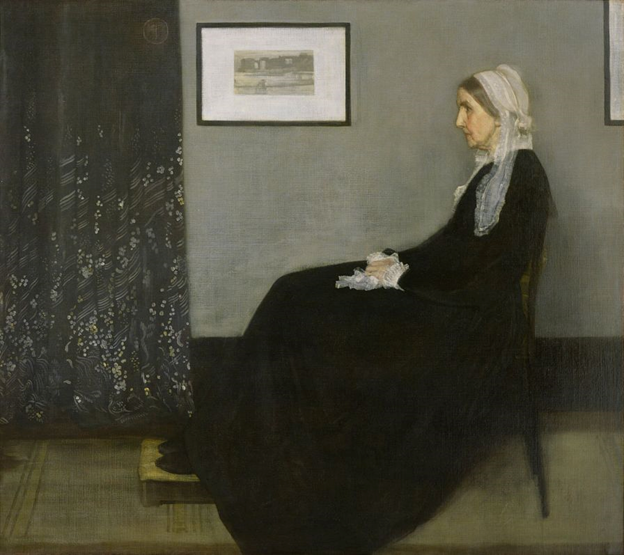Rembrandt...Innovative And Prolific Master
- Ahmed Kheder

- Aug 19, 2023
- 3 min read
Updated: Nov 14, 2023
Rembrandt Harmenszoon van Rijn (15 July 1606 – 4 October 1669) was born in Leiden, in the Dutch Republic "The Netherlands".
Rembrandt's mother was Catholic, and his father belonged to the Dutch Reformed Church. Religion is reflected as a central theme in Rembrandt's works. Rembrandt's illustrations of scenes from the Bible are regarded as his greatest creative triumphs.
Rembrandt's beginnings
As a boy, Rembrandt attended a Latin school. At the age of 13, he was enrolled at the University of Leiden.
Rembrandt had tendencies toward painting and was apprenticed to Jacob van Swanenburg.
In 1624 or 1625, Rembrandt opened a studio in Leiden, which he shared with friend and colleague Jan Lievens.
In 1629, Rembrandt was discovered by the statesman Constantijn Huygens who procured Rembrandt's important commissions from the Court of The Hague.
At the end of 1631, Rembrandt moved to Amsterdam, Rembrandt began to practice as a professional portraitist and stayed with an art dealer, Hendrick van Uylenburgh.
In 1634, Rembrandt became a citizen of Amsterdam and a member of the local guild of painters. Rembrandt also acquired a number of students, among them Ferdinand Bol and Govert Flinck.
In 1634, Rembrandt married, "the Art dealer" Hendrick's cousin, Saskia van Uylenburgh.
Rembrandt's wife, Saskia, died in 1642, probably from tuberculosis. Rembrandt's drawings of her on her sick and death bed are among his most moving works.
After Rembrandt's wife's illness, the widow Geertje Dircx was hired as Titus' caretaker and dry nurse; at some time, she also became Rembrandt's lover. In May 1649 she left and charged Rembrandt with breach of promise and seduction under promise to marry. and she was awarded alimony.
In early 1649, Rembrandt began a relationship with the 23-years-old Hendrickje Stoffels, who had initially been his maid. She may have been the cause of Geertje's leaving. In 1654 Rembrandt produced a controversial nude Bathsheba at Her Bath.
In December 1655, Rembrandt himself organized a sale of his paintings, which did not bring in enough.
In a notorious year with the plague, the Art business dropped, and Rembrandt himself pushed for bankruptcy and in July 1656 he declared his insolvency.
In November 1657 another auction was organized to sell his paintings and a large number of etching plates, and drawings. Rembrandt was allowed to keep all his tools as a means of income.
In February 1658 Rembrandt's house was sold at an auction and the family quickly moved to more modest accommodation at Rozengracht.
In 1661, Rembrandt was contracted to complete work for the recently finished town hall. The resulting work, The Conspiracy of Claudius Civilis, was rejected by the mayors and returned to the painter within a few weeks, the surviving fragment in Stockholm, is only a quarter of the original.
Rembrandt died on Friday 4 October 1669; he was buried four days later in a rented grave in the Westerkerk.

Rembrandt's Legacy
Rembrandt was an innovative and prolific master in three media, Rembrandt produced a total of about three hundred paintings, three hundred etchings, and two thousand drawings.
Rembrandt's contributions to art came during a period of great wealth and cultural and scientific achievement that historians call the Dutch Golden Age when Dutch art (especially Dutch painting) was prolific and innovative.
Rembrandt As a painter, printmaker, and draughtsman is generally considered one of the greatest visual artists in Art history.
The versatility of Rembrandt's works is remarkable, indicating his mastery and professionalism, Rembrandt's works depict a wide range of styles and subject matter, from portraits and self-portraits to landscapes, genre scenes, allegorical and historical scenes, biblical and mythological themes, and animal studies.
Rembrandt transformed the etching process from a relatively new reproductive technique into an art form. His reputation as the greatest etcher in history was established in his lifetime.



Comments